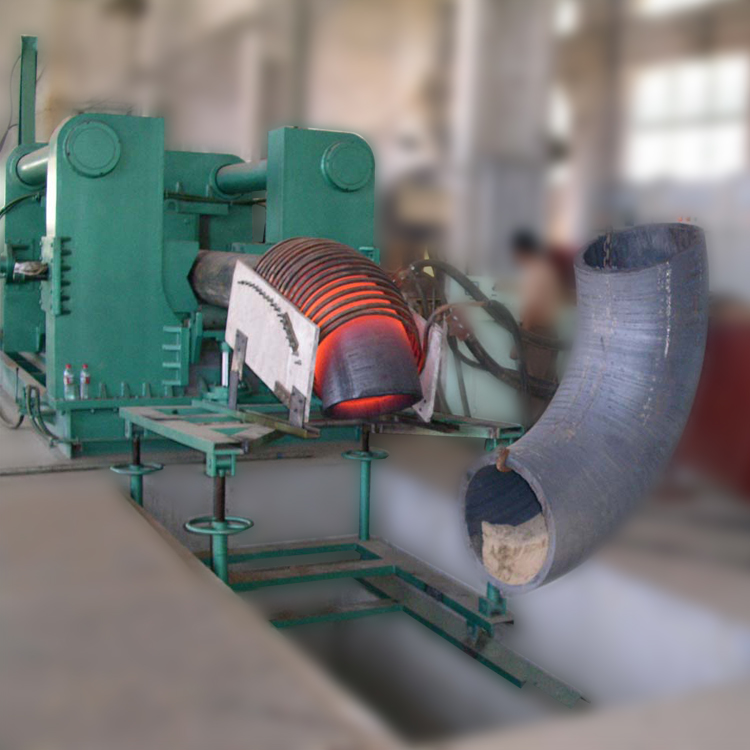Elbow machine is a common metal working equipment used to bend metal materials into the desired shape. It is composed of multiple structural systems, each of which plays an important role. Below I will introduce the structural system of the elbow machine in detail.
1. Host structure system:
The main structure system is the core part of the elbow machine, responsible for providing support and stability. It is usually composed of a base, a column, a table and a shear device. The base is the foundation of the entire elbow machine and bears the weight of the entire machine. The column supports and regulates the base and workbench. The workbench is a place where metal materials are placed, usually with one or more V-shaped slots for maintaining the stability of metal materials. The shearing device is used to cut metal materials and is usually located on one side of the table.
2. Electrical system:

The electrical system is the control system of the elbow machine, including the electrical control box, buttons, switches, solenoid valves, etc. It is responsible for controlling the operation of the elbow machine and various actions, such as starting, stopping, bending Angle adjustment, etc. The electrical control box is the core part of the electrical system, which contains various sensors and controllers for monitoring and controlling the status and action of the elbow machine.
3. Hydraulic system:
The hydraulic system is the power system of the elbow machine, which drives the movement of the elbow machine through the pressure of the hydraulic oil. It includes hydraulic pump, hydraulic cylinder, hydraulic pipeline and so on. The hydraulic pump is responsible for extracting the hydraulic oil from the tank and generating enough pressure to push the piston movement of the hydraulic cylinder. The hydraulic cylinder is responsible for generating bending forces to bend metal materials, and its structure is usually composed of pistons, piston rods and cylinder blocks. The hydraulic pipeline is responsible for transferring the hydraulic oil from the hydraulic pump to the hydraulic cylinder, and controlling its flow direction and pressure.
4. Transmission system:
The transmission system is the motion system of the elbow machine, which is used to transmit the power of the motor or hydraulic system to the working parts of the elbow machine. The transmission system usually consists of a motor, a reducer, a drive shaft, a chain, etc. The motor is responsible for providing power, usually by converting the high-speed rotation of the motor to the low-speed, high-torque rotation required by the elbow machine through the reducer. The drive shaft and chain are used to transfer power to the working parts of the elbow machine, enabling it to perform bending operations.
5. Control system:
The control system is the operating system of the elbow machine, which is used to control the operation of the elbow machine and adjust the bending Angle. It is usually composed of a program control unit (PLC), a touch screen, an encoder, etc. PLC is the core part of the control system, responsible for storing and executing the program of the elbow machine and controlling the action of each actuator. The touch screen is used to operate and set the parameters of the elbow machine, such as bending Angle, speed, etc. The encoder is used to measure and feedback the position and speed information of the elbow machine to monitor and control the operation status of the elbow machine in real time.
The structural system described above is the main component of the elbow machine, and they work together to complete the bending of metal materials. Through the precise design and coordination of these structural systems, the elbow machine can efficiently and accurately complete a variety of complex bending tasks.
For more knowledge about elbow machine, please pay attention to our website: http://www.fitting-equipment.com
|